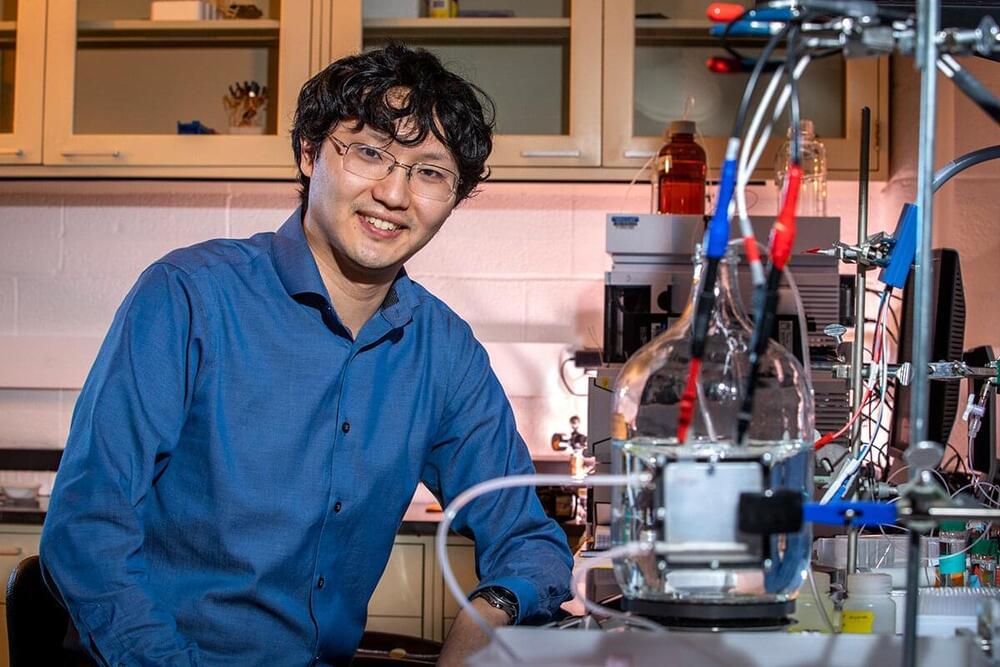Spent lithium-ion batteries contain valuable metals that are difficult to separate from each other for recycling purposes. Used batteries present a sustainable source of these metals, especially cobalt and nickel, but the current methods used for their separation have environmental and efficiency drawbacks. A new technology uses electrochemistry to efficiently separate and recover the metals, making spent batteries a highly sustainable secondary source of cobalt and nickel—the reserves of which are currently dwindling.
A new study, led by University of Illinois Urbana-Champaign chemical and biomolecular engineering professor Xiao Su, uses selective electrodeposition to recover valuable metals from commercially sourced lithium nickel manganese cobalt oxide—or NMC—battery electrodes. The method, published in the journal Nature Communications, produces final product purities of approximately 96.4% and 94.1% for cobalt and nickel, respectively, from spent NMC electrode wastes.
Su said cobalt and nickel have similar electrochemical properties—or standard reduction potentials—making it challenging for chemists to recover pure forms of each metal from battery electrodes.
